AP® World Lesson Plan: Gender, Women, and the Plow
Gender and power are key themes in our world: both past and present. Women, especially, have been fighting for equality and power for generations....
AP & Honors Mathematics
Explore Wiley titles to support both AP and Honors mathematics instruction.
Literacy Skills & Intensive Reading
Connections: Reading – Grades 6–12
Empower student success with a proven intensive reading program that develops strong reading skills in striving readers.
Drama, Speech & Debate
Basic Drama Projects 10th Edition
Build students’ confidence and competence with comprehensive, project-based theatre instruction.
Literature
Connections: Literature
Support learners as they study dynamic, relevant texts and bring the richness of diverse voices to students through literature.
Literature & Thought
Develop critical thinking, reading, and writing across literacy themes, genres, historical eras, and current events.
Language Arts
Vocabu-Lit® – Grades 6–12
Help students build word power using high-quality contemporary and classic literature, nonfiction, essays, and more.
Connections: Writing & Language
Help students develop grammar, usage, mechanics, vocabulary, spelling, and writing and editing skills.
Reading/English Language Arts
Measuring Up to the English Language Arts Standards
Incorporate standards-driven teaching strategies to complement your ELA curriculum.
English Language Learners
Measuring Up for English Language Learners
Incorporate research-based best practices for ELLs with an approach that includes a focus on language acquisition strategies.
Mathematics
Measuring Up to the Mathematics Standards
Incorporate standards-driven teaching strategies to complement your mathematics curriculum.
Foundations
Measuring Up Foundations
Help students master foundational math skills that are critical for students to find academic success.
Science
Measuring Up to the Next Generation Science Standards
Give students comprehensive NGSS coverage while targeting instruction and providing rigorous standards practice.
Assessment
Measuring Up Live
Deliver innovative assessment and practice technology designed to offer data-driven instructional support.
For a better website experience, please confirm you are in:

The objective of Pride is to show just that, pride! If you’re a part of the queer community, you’re celebrated, and if you’re an ally, your job is to educate yourself and others, respect the person’s identities, and accept them for who they are. This starts with understanding the basics of what the LGBTQIA+ stands for: Lesbian, Gay, Bisexual, Transgender, Queer/Questioning, Intersex, Asexual/Ally. Gender identity is a large part of the queer community, and sometimes that gets overlooked.
For more information about various identities and the difference in sex versus gender, check out the Human Rights Campaign’s glossary.
If you’re incorporating these lessons in your curriculum, you’re educating yourself as well as your students on important LGBTQIA+ topics, so you’re off to a great start! You can show respect by asking a new student or colleague their pronouns and their preferred name—many times the assumed pronoun or name isn’t the one listed on our roster. You could also put your pronouns in your email signature which shows you’re open to a conversation about preferred pronouns. Instagram added this option on profiles in spring 2021 and had rave reviews in favor. Once you know their pronouns and preferred name, use the correct ones—that shows acceptance. Acceptance is the only pathway to fully spreading allyship during Pride and every day in our classrooms.
In the book Beyond the Gender Binary, author Alok Vaid-Menon speaks about an encounter they had at a grocery store with customers around, always silently judging or coming up to ask their gender or other questions. In this particular excerpt, the man’s question of why they dress like they do, is not as malicious as Vaid-Menon thought it would be.
When I finally reached the grocery store, I still couldn’t relax.
The thing about being visibly gender nonconforming is that we are rarely, if ever, defended by other people in public. Everyone thinks that since we “made a choice” to “look like that,” we are bringing it upon ourselves. The only reason people can fathom why we would look this way is because we want to draw attention to ourselves. They can’t even consider that maybe we look like this for ourselves, and not for other people. We are reduced to a spectacle. And when you are a spectacle, the harassment you experience becomes a part of the show.
As I checked out my groceries, the person next to me in line approached.
Oh dear, here we go again.
“Hey, can I ask you something?”
I started to walk away.
“Why do you dress like that?”
I stopped in my tracks. This felt like it could be genuine curiosity and not something more hostile.
As I prepared to exit the store, they came a little bit closer. My heart beat a little faster. They lowered their voice.
“It’s just that…I used to wear skirts and dresses when I was younger.”
“What happened?” I asked.
They laughed, but their eyes told another story. There are some questions that have no answers. How do you express pain when you can’t even locate the wound?
It’s like when you let a balloon loose into the sky. You don’t know where it goes, but you know it went somewhere.
Far away. (Vaid-Menon 12–13).
Interested in buying any of the books mentioned in this post? Visit our classroom libraries page.
Download the lesson below for instructions on how to have a class discussion on identity and acceptance using the above excerpt.
Jennifer Epping is a high school English and journalism teacher in Des Moines, Iowa. She has a passion for reading, writing, and making lame jokes to her students just to see them laugh or roll their eyes. She just concluded her ninth year teaching. Epping graduated from Iowa State University with a BS in journalism and mass communication (2010) and BA in English Education (2013). She attended New York University’s Summer Publishing Institute (2010), and spent some time in children’s book publishing in New York.
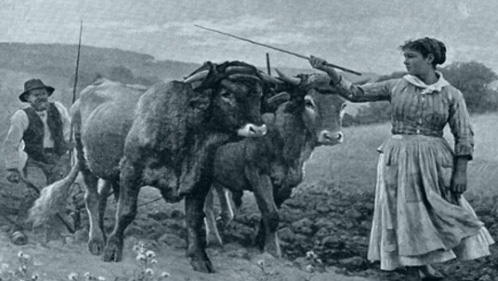
Gender and power are key themes in our world: both past and present. Women, especially, have been fighting for equality and power for generations....
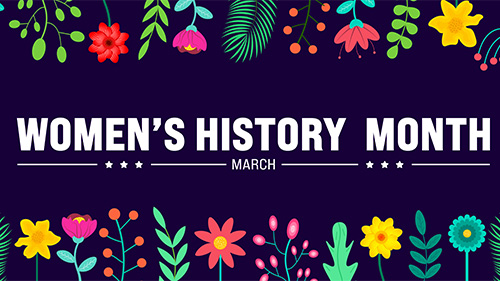
I know sometimes it can be a struggle to get kids excited about nonfiction. Even I find myself more drawn to the escapism of fiction. But our world...
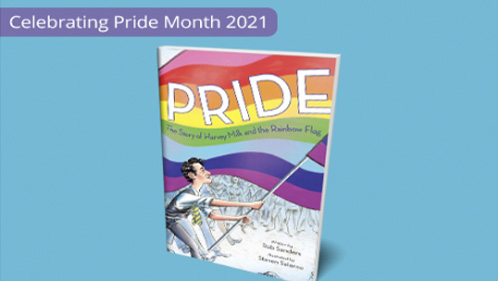
We all know the rainbow flag stands for the LGBTQIA+ community and it stands for pride, but did you know that each color has a meaning? Or that...

Adi Alsaid has released many young adult books since his first title, Let’s Get Lost, but I can promise you, this one blazes through as just as good,...

To be mentally healthy requires work, and many youth and their families turn to some kind of therapy, counseling, or inpatient program to aid in that...

The words are never right. The time is never perfect. And life keeps piling stress after stress onto the people we love. What do we say to someone...
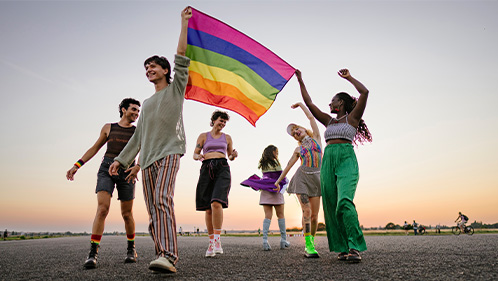
Rainbow flags fly, the face tattoos are at Target, and every brand around has brightly colored versions of their products. Oreo, Nike, and Disney go...

You know those books that you hug at the end? This is one of those books. All The Bright Places by Jennifer Niven is just plain good—heartbreaking,...

May is Mental Health Awareness Month. It’s also the last full month of school for traditionally-scheduled districts. I think mental health is the...

Okay—circle of trust here. After dropping my youngest child off at college all the way from San Antonio, Texas, to Lawrence, Kansas, at The...
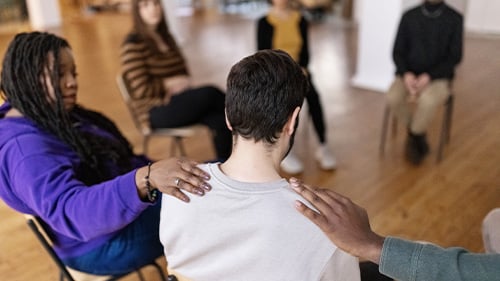
Being a teenager means a lot of things, but starting to date and get into romantic relationships or friendships sticks out as a huge milestone. The...
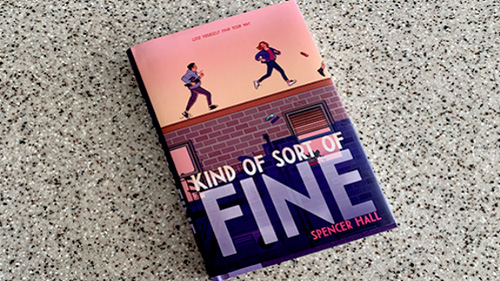
A bright part of every teacher’s day is getting to the class that your star student is in. You know the one. We see them reach for the sky every time...
